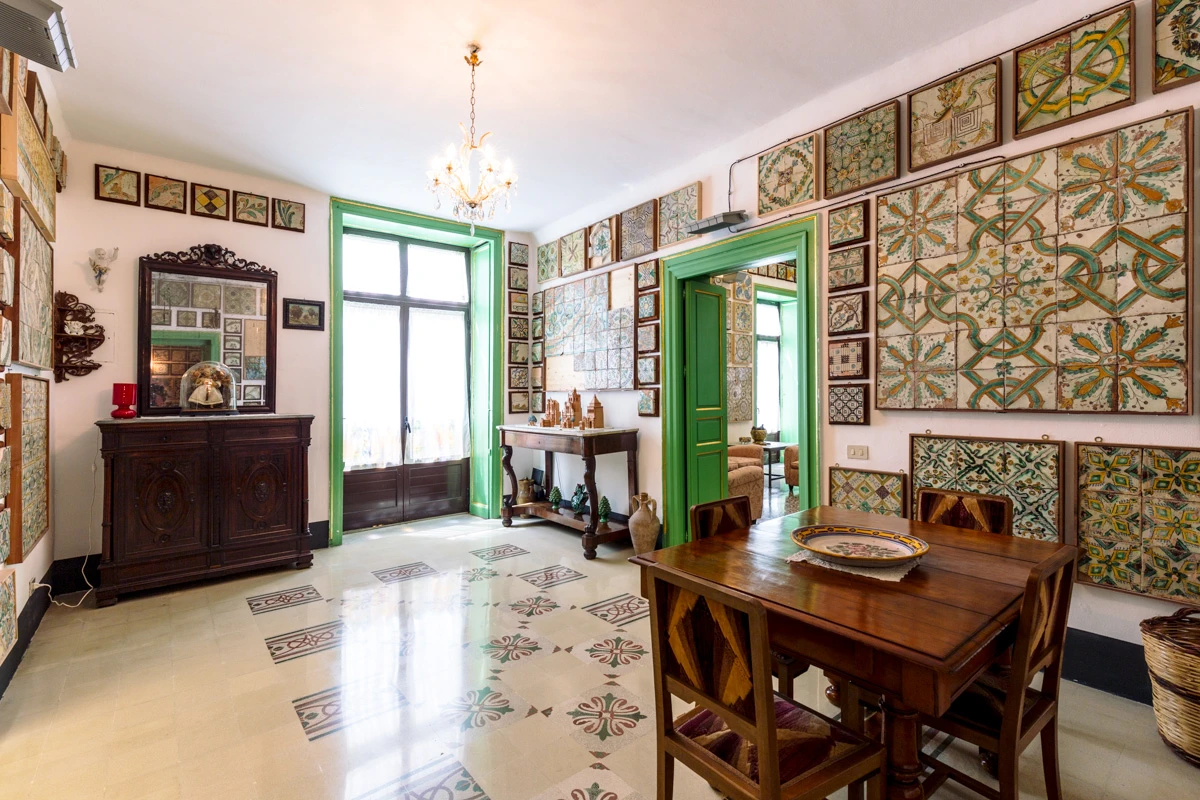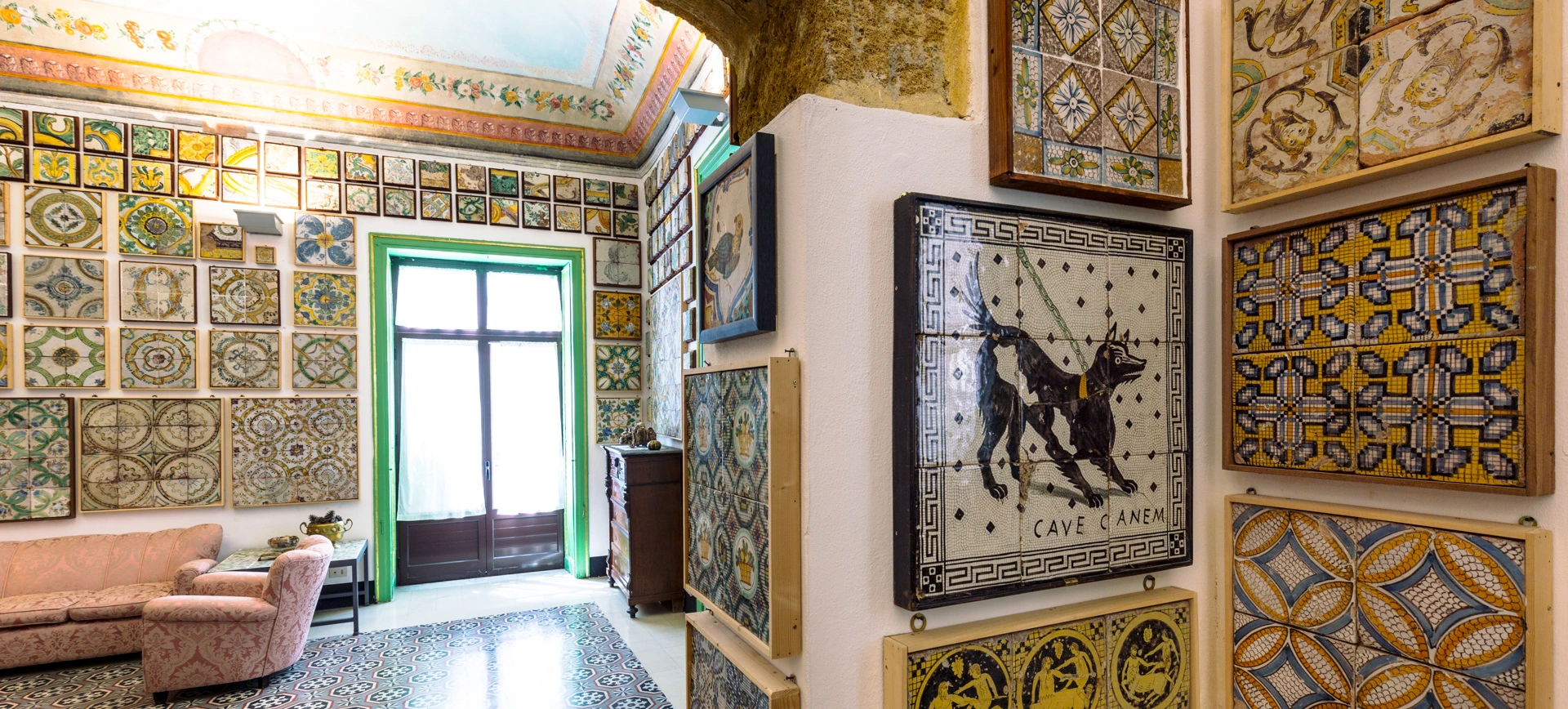In Italy, the name maiolica refers to white-glazed and decorated ceramics. The name comes from the island of Majorca, an important centre during the Middle Ages. Curiously, abroad this material is instead referred to as ‘faïence‘. The name comes this time from the city of Faenza, which for centuries was one of the largest production districts in Europe.
The purpose of glazing is to make terracotta, an otherwise porous material, waterproof. This treatment allows liquids to be stored for longer and makes the container itself more hygienic. There are two types of glaze: stanniferous glaze and lead glaze. In common usage, both are referred to as ‘majolica’, but only the former is to be regarded as ‘majolica’ proper; the lead-based type is referred to as glazed earthenware and is distinguished by its metallic sheen.
The surface lends itself to being decorated with engravings and coloured figures. Initially, few colours were available: mainly yellow, brown and light green. Later on, the bright colours that still characterise faience in the collective imagination became available.
From the 18th century onwards, faience as a luxury good was replaced by the more refined porcelain. For centuries, faience was therefore relegated to cheaper production for everyday tableware. Its lower cost and high resistance to weathering made it the ideal material for architectural decorations and coverings.

This is why faience has been used for centuries to embellish and waterproof walls and façades. In this regard, we recommend a visit to the Stanze al Genio Faience Museum. Located in the 17th-century Palazzo Torre Pirajno in Palermo, its nine rooms house almost 5,000 pieces dating from the late 15th to the early 20th century, mainly of Neapolitan and Sicilian manufacture. Stanze al Genio is a refined house museum, which can be visited by appointment: the main halls preserve the original flooring and frescoes from the late 18th and early 19th century. In addition to faience, it houses smaller collections of antique stationery, contemporary ceramics and vintage design items.


From country settings to Art Nouveau, from farmhouses to industrial lofts, faience proves to be a versatile and technically sound medium. Increasingly appreciated by architects and interior designers for their bright colours and vintage look, faience can find a place in both classic and contemporary settings, thanks to the wide variety of styles and decors available.



Many architects and designers have enhanced this medium in recent years, from tiles to furnishing accessories. Many ceramic and wall cladding manufacturers also continue to propose and reinvent faience. Among the many, we would like to mention Francesco di Maio who, in collaboration with the Van Gogh Museum, presented a line of faience tiles inspired by the famous painter’s paintings at Cersaie 2022.
Visualizza questo post su Instagram
Un post condiviso da Ceramica Francesco De Maio (@ceramicafrancescodemaio)
Visualizza questo post su Instagram
Un post condiviso da Ceramica Francesco De Maio (@ceramicafrancescodemaio)
photos: Stanze al Genio


